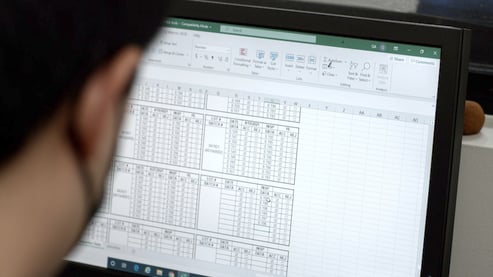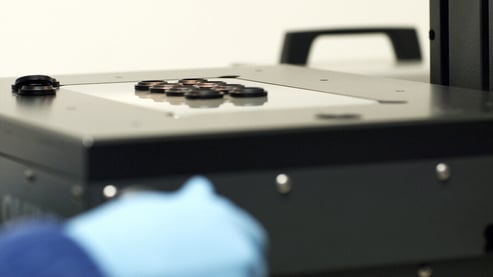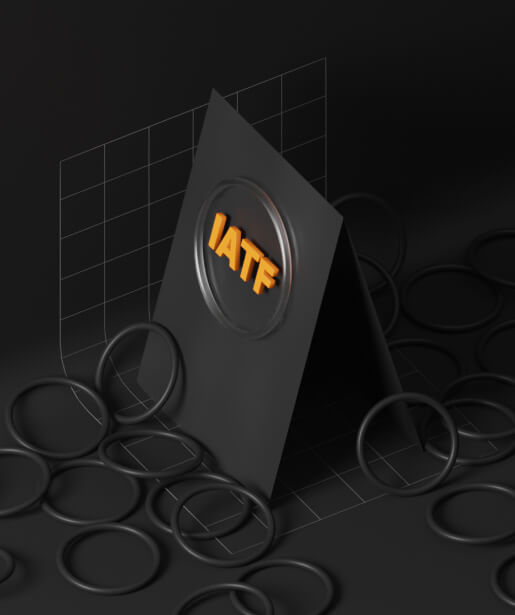ISO, RMA
Our methodology for dimensional and workmanship quality inspection is aligned with requirements and best practices as defined by ISO 3601-1 and ISO 3601-3, the Rubber Manufacturers Association (RMA) handbook, and applicable aerospace AS871B \ standards.
The manufacture of elastomer products by compression, transfer, injection, calendaring or extrusion methods produces workmanship and surface defect classifications specific to elastomers. Defects include off register, flash, flow marks, voids and non-fills. Acceptability limits for each defect are classified and described, and our inspectors are trained to these standards.


.jpg?width=493&height=482&name=SEAL_09%20(1).jpg)


%20SEAL_13-1.jpg?width=493&height=482&name=(for%20Mystery%20Seal)%20SEAL_13-1.jpg)






